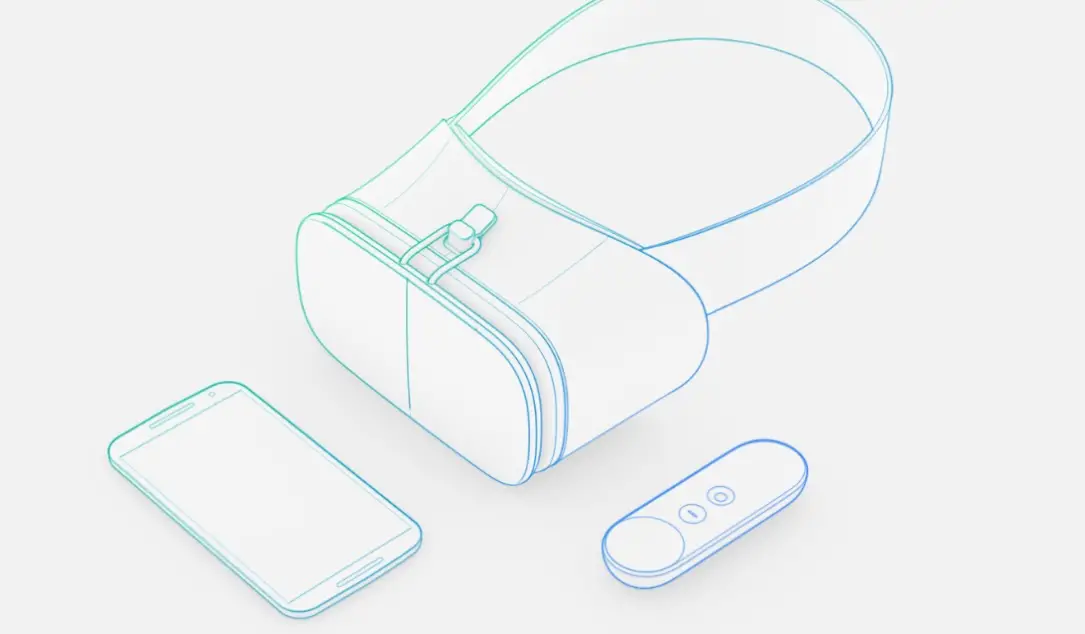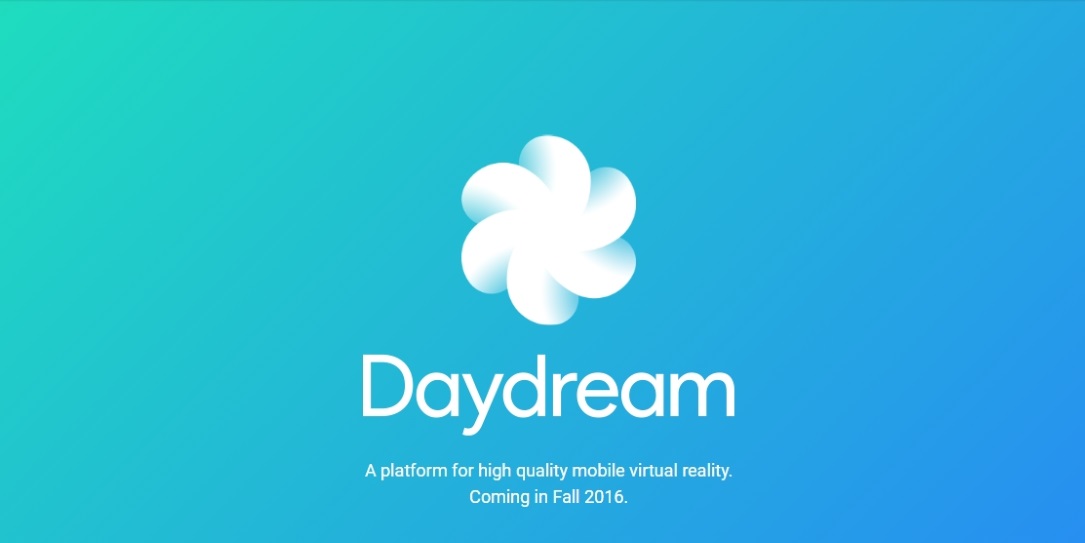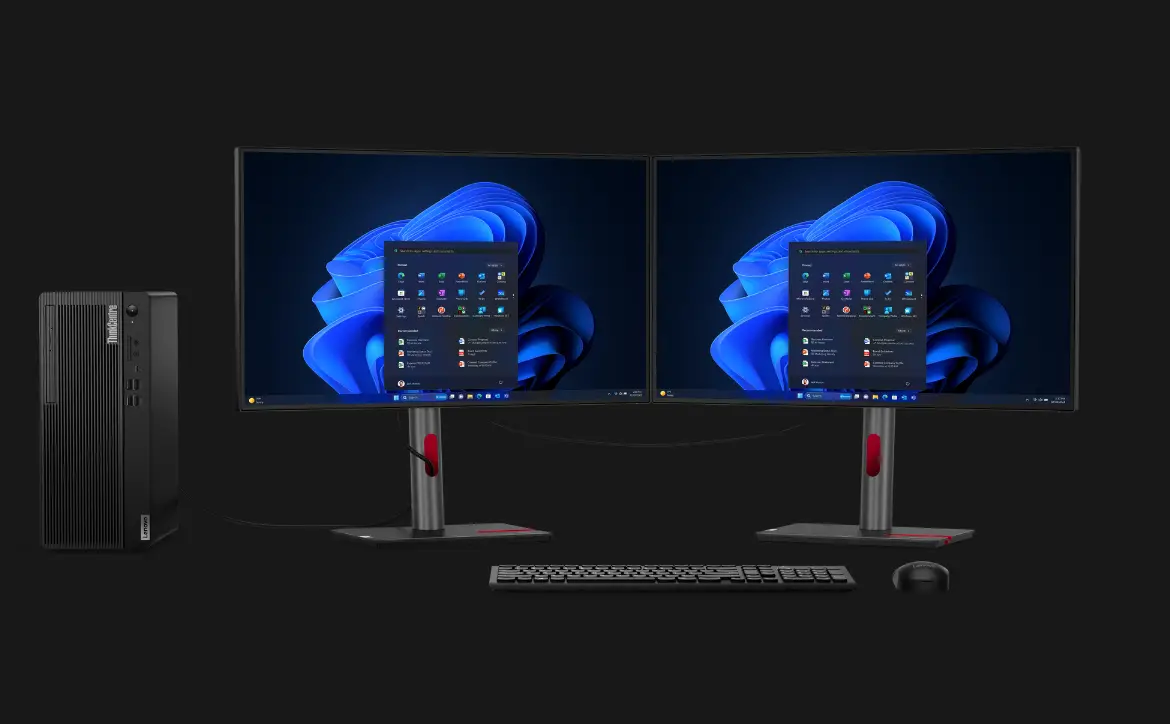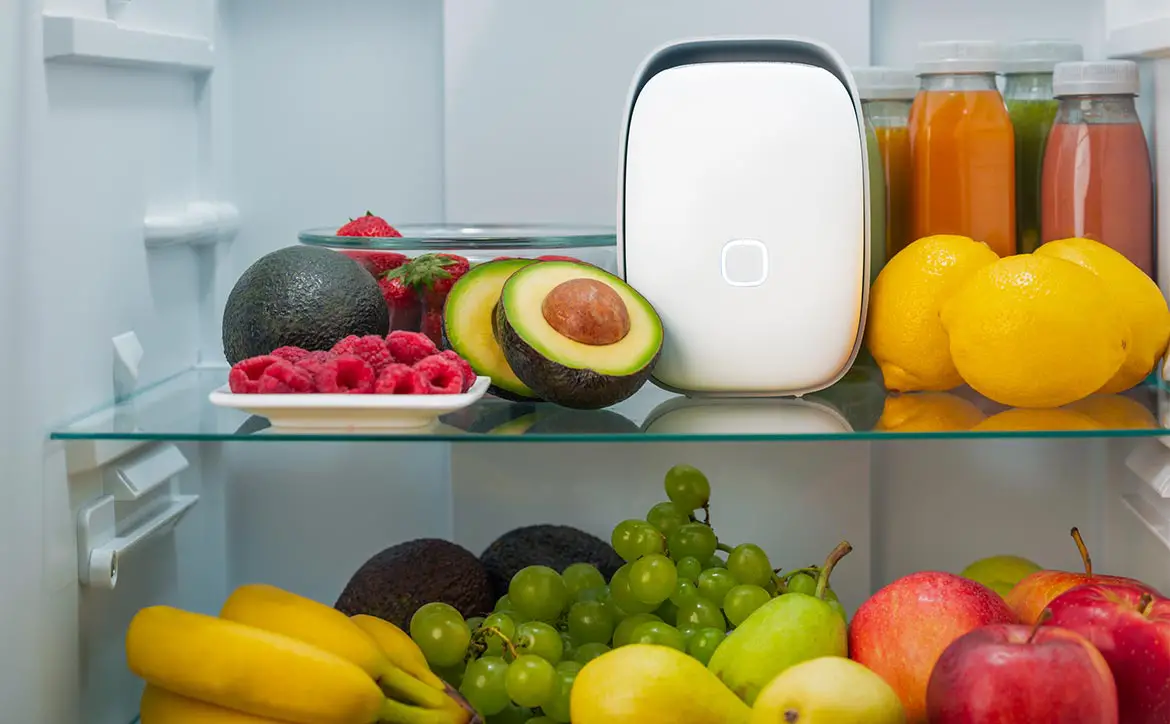We didn’t quite get to all of the news announced during yesterday’s I/O Keynote, so we’re back today with some additional announcements. It had been long rumored that Google would unveil their newest Virtual Reality headset at their I/O event, and it seems that those rumors were at least mostly true. Daydream is Google’s vision for mobile virtual reality, and while detailed specifics weren’t unveiled yesterday, the full reference design has been created and headsets should be available in the fall.
During the keynote speech, Clay Bavor — Google’s Virtual Reality lead — took to the stage to talk the brief history of Virtual Reality on Android. It started back in 2014 with a simple piece of cardboard. Since 2014 Google Cardboard has exploded, with millions of viewers shipped and available in the wild. Mr. Bavor mentioned that there are thousands of developers creating apps for cardboard, and users have responded, with 50 million cardboard-enabled apps installed.
History is important, but it’s really the future that most will be interested in here. Mr. Bavor continued to outline what he — and by extension, Google — feels is most important for a mobile VR experience. First, VR should obviously be mobile, approachable, and for everyone. But he continued to explain that any mobile VR solution needs to be comfortable, richly interactive, and immersive. With that, the reference design for Daydream was shown.

The three key elements of the VR system are the smartphone itself, the VR headset and controller, and available apps. Mr. Bavor outlined the roadmap for all three elements.
Smartphones
The “brains” of the operation, the smartphone will be a very important part of the whole system. Google has created a set of guidelines and specifications that they have provided to OEM’s to ensure that their phones are Daydream Ready. The most basic elements for this designation are the sensors available on the device, the quality of the display, and the power of the System on a Chip (SOC). Quite a few OEMs are already on board, with Samsung, Alcatel, HTC, LG, Huawei, ZTE, and many more set to have Daydream capable devices, some of which will be available this fall.
VR Headset and Controller
While only renders were shown during the keynote speech, the reference design for the headset and controller are said to be available this fall. The most important aspects of the headset are pretty straightforward. It should have great optics, be comfortable to wear, be made of good materials, and be easy to put on and take off. We’ll have to wait until the fall to see how Google’s reference design checks off these requirements.
The controller reference design is a relatively simple oblong shape with a few buttons and a slightly recessed circular clickable touchpad for scrolling and swiping. The reference controller design also includes the various sensors and accelerometers to allow it to be used as a motion controller as well.
Available Apps
Third party developers will obviously be the lifeblood of any VR system, and Bavor mentioned that apps and games for Daydream VR area already in the works. Google Play will also be re-worked for VR, with a VR specific storefront. You’ll be able to browse, search for, and buy apps in VR, and look through your VR capable apps though the headset.
Many news and entertainment apps are already planning to release their apps for Daydream, including The New York Times, Wall Street Journal, HBO Now, Netflix, Hulu, NBA, MLB, and even IMAX. Games will feature prominently for the system as well, and Google has been working with developers to have games ready for Daydream.

It has also recently been announced that the Unreal Engine will support Daydream, bringing another heavy hitter into the fray.
Google has also been working on updating their own apps for VR. Some of the heavy hitters will be Google Play Movies, where you’ll be able to watch TV and movies in a virtual 3D movie theater. Street View is another obvious choice, where you’ll be able to virtually stroll around the streets nearly anywhere in the world, while Google Photos will allow access for VR photos. Last but certainly not least, YouTube has been rebuilt “from the ground up” for VR, with voice search, spatial audio, and improved virtual reality video streaming.
You can head to the Daydream page to sign up for updates, or check out some of the available developer tools.
What do you think about Daydream? Google is obviously very excited to try and bring Virtual Reality to the masses. Will you try to snag a headset and controller once they’re available? Tell us what you think in the comments below, or on Google+, Facebook, or Twitter.











Comments are closed.